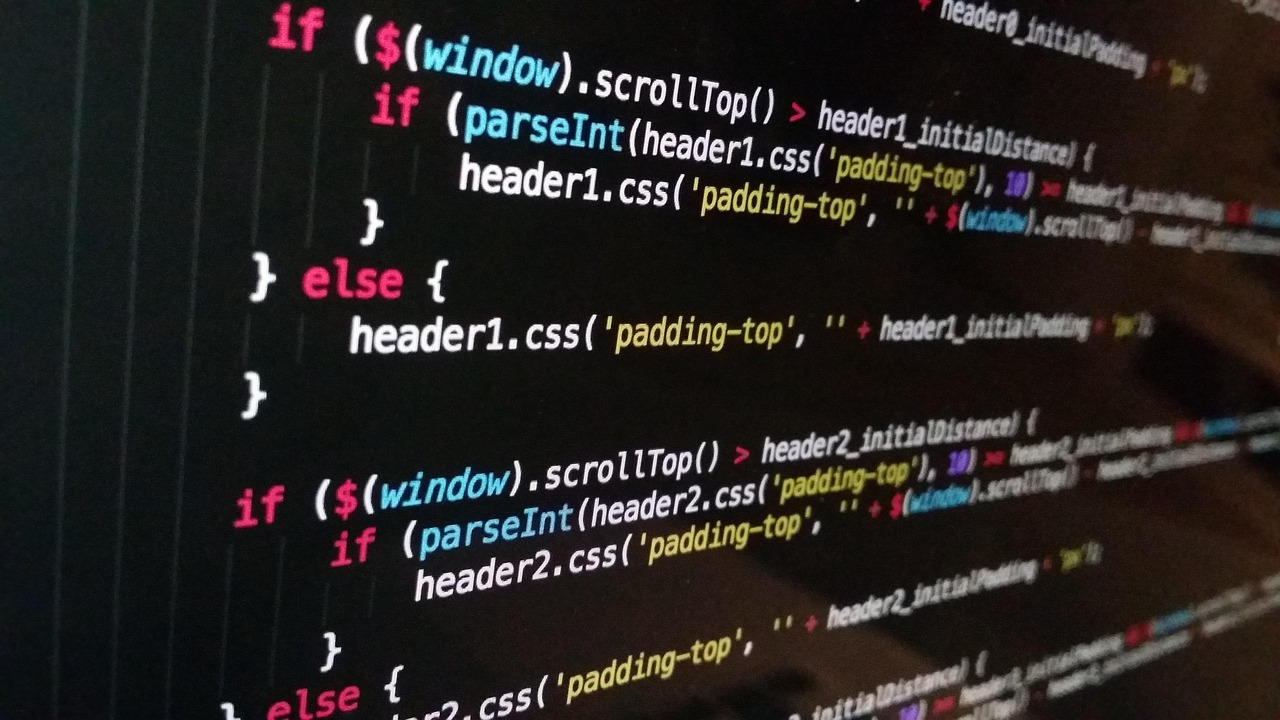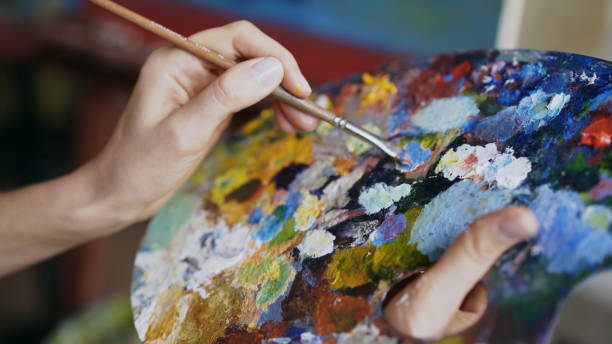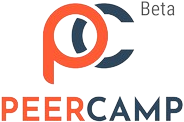Class 5 ICSE – Master English, Math, Science & More! (Except Hindi) (Full Course)
- All Levels
- 104 hours
- 6-10 Years
-
 Online Classes (1-to-1)
Online Classes (1-to-1)
 INR 2000.00 Monthly
INR 2000.00 Monthly

Baishali Chakraborty
India |
Give your child a strong academic foundation with the Class 5 ICSE Full Curriculum (All Subjects Except Hindi)! This course is designed to make learning fun, engaging, and easy to understand while helping students build confidence across all major subjects — English, Math, Science, and Social Studies.
Through interactive lessons, activities, and concept-based learning, students will explore:
Curriculum Structure
1. English
- English Language & Literature
- Grammar, Vocabulary, and Writing Skills
- Reading Comprehension and Creative Writing
- Prose, Poetry, and Drama from the ICSE Curriculum
2. Mathematics
- Numbers, Fractions, and Decimals
- Geometry and Measurement
- Time, Money, and Data Handling
- Word Problems and Logical Reasoning
3. Science
- Living and Non-Living Things
- Plants, Animals, and Human Body Systems
- Force, Work, Energy, and Simple Machines
- Air, Water, and Natural Resources
4. Social Studies (History, Civics & Geography)
- Early Civilizations and Freedom Struggle
- Local and National Government
- Earth, Maps, and Our Environment
- Continents, Oceans, and India’s Physical Features
Class 6 CBSE SST Full Curriculum – Learn History, Geography & Civics with Fun (Full Course)
- All Levels
- 60 hours
- 6-10 Years
-
 Online Classes (1-to-1)
Online Classes (1-to-1)
 INR 3499.00 Monthly
INR 3499.00 Monthly

Nikitha R
India |
Class 6 CBSE Social Science: Explore history, geography, and civics with engaging lessons, real-life connections, and interactive activities designed to build strong foundations, critical thinking, and academic success.
Full Social Science Curriculum Structure
History – Explore the Past
- What, Where, How, and When – Discover how history is studied
- From the Beginning of Time – Travel back to early humans and their lifestyle
- The First Cities – Learn about Harappan civilization and city life
- Kingdoms, Kings, and Early Republic – Explore early kingdoms and republics
- New Empires and Kingdoms – Dive into the Gupta Empire and cultural growth
- Changing Traditions – Understand society and culture in early medieval India
Geography – Discover Our World
- The Earth and the Solar System – Explore planets and our universe
- Globe: Latitudes and Longitudes – Learn how to read maps like a pro
- Motions of the Earth – Understand day, night, and seasons
- Maps – Identify landforms and important places
- Major Landforms of the Earth – Mountains, rivers, plains, and more
- Our Country – India – States, capitals, and natural resources
Civics – Be an Active Citizen
- Understanding Diversity – Celebrate India’s culture, language, and religion
- Diversity and Discrimination – Learn about equality and respect
- What is Government? – Explore local, state, and central government
- Panchayati Raj – Understand village administration
- Rural and Urban Administration – Discover how towns and cities are run
- Laws and Social Justice – Learn rights, duties, and the importance of laws
Code Smart: Interactive Coding Adventures with a Senior Coding Coach
- All Levels
- 45 minutes
- 1-15 Years
-
 Online Classes (Group)
Online Classes (Group)
 INR 850.00 Weekly
INR 850.00 Weekly

Varsha Ramesh
India |
Are you looking for a fun and engaging way for your child to learn coding? I’m a Senior Coding Coach with over 5 years of experience in teaching students through hands-on, interactive lessons.
I specialize in such as HTML, CSS, JavaScript, and Python (Basics), making complex concepts easy to understand. My teaching style includes fun activities, real-world projects, and creative problem-solving, tailored to each learner’s pace and interest.
Students will also get exposure to advanced and exciting tools like TinkerCAD (3D design), Google Dialogflow (AI chatbots), and many more platforms that spark innovation and curiosity.
Whether your child is a beginner or looking to deepen their knowledge, I ensure every session is impactful, enjoyable, and packed with learning.
Let’s make coding a fun adventure!
Complete Physics Course for Class 12 with Live Sessions (Full Course)
- All Levels
- 50 hours
- 16-18 Years
-
 Online Classes (Group)
Online Classes (Group)
 INR 6000.00 Monthly
INR 6000.00 Monthly

Venkata Vijaya Kumar Veluri
India |
This Class XII CBSE Physics course offers a comprehensive understanding of all key concepts, integrating theory with practical applications. It prepares students for board exams and competitive exams like JEE, enhancing problem-solving skills and conceptual clarity.
Curriculum Structure
Unit I: Electrostatics
- Electric charges and fields – Electric charges, conservation, Coulomb’s law, force between charges, superposition principle, electric field, field lines, dipole, torque, flux, Gauss’s theorem and its applications.
- Electrostatic potential and capacitance – Potential, equipotential surfaces, potential due to point charge/dipole/system, potential energy, conductors, dielectrics, capacitors, series/parallel combinations, energy in capacitor.
Unit II: Current Electricity
- Electric current, drift velocity, mobility, Ohm’s law, resistivity, conductivity, temperature dependence, internal resistance, emf, combination of cells, Kirchhoff’s laws, Wheatstone bridge, metre bridge, potentiometer.
Unit III: Magnetic Effects of Current and Magnetism
- Moving charges and magnetism – Biot-Savart law, Ampere’s law, force on current-carrying conductor, torque on coil, galvanometer, conversion to voltmeter/ammeter.
- Magnetism and matter – Bar magnet, earth’s magnetism, magnetic elements, dia-, para-, and ferromagnetic substances, hysteresis.
Unit IV: Electromagnetic Induction and Alternating Currents
- Faraday’s law, induced emf, Lenz’s law, eddy currents, self and mutual induction, AC circuits (resistor, inductor, capacitor), reactance, impedance, LC oscillations, resonance, transformer.
Unit V: Electromagnetic Waves
- Need of displacement current, electromagnetic waves and their characteristics, transverse nature, spectrum (radio to gamma rays).
Unit VI: Optics
- Ray optics and optical instruments – Reflection, refraction, total internal reflection, lens formula, magnification, power, microscopes, telescopes.
- Wave optics – Huygens’ principle, interference, Young’s double slit, diffraction (single slit), resolving power, polarization, Brewster’s law.
Unit VII: Dual Nature of Radiation and Matter
- Photoelectric effect, experimental study, Einstein’s equation, matter waves, de Broglie relation, Davisson-Germer experiment.
Unit VIII: Atoms and Nuclei
- Atoms – Rutherford, Bohr model, energy levels, hydrogen spectrum.
- Nuclei – Composition, size, mass-energy relation, binding energy, radioactivity (α, β, γ decay), nuclear fission and fusion.
Unit IX: Electronic Devices
- Semiconductors (intrinsic, extrinsic), p–n junction diode, I–V characteristics, junction diode as rectifier, LED, photodiode, solar cell, Zener diode, transistor characteristics, transistor as amplifier/switch.
Conversational English – Speak Confidently, Clearly & Naturally
- All Levels
- 60 minutes
- 6-18 Years
-
 Online Classes (1-to-1)
Online Classes (1-to-1)
 INR 500.00 Weekly
INR 500.00 Weekly

Adaeze Egbuna
India |
I am a TEFL, ESL, and TRA certified tutor with experience teaching learners of all levels. I create fun, engaging, and interactive lessons tailored to each student. I specialize in English (speaking, writing, grammar), Creative Writing, and beginner Japanese & Thai. My goal is to build confidence, inspire curiosity, and help you succeed.
Crash course in IELTS - 15 days only!
- All Levels
- 10 hours
- 16-18 Years
-
 Online Classes (1-to-1)
Online Classes (1-to-1)
 INR 3000.00 Weekly
INR 3000.00 Weekly

Sruthi Nandan
India |
Learn the ins and outs of the reading, listening , writing, and speaking sections in a short period. This course is apt for professionals who have very little time to study.
Digital Wellbeing & Social Media Balance
- All Levels
- 5 hours
- 1-18 Years
-
 Online Classes (1-to-1)
Online Classes (1-to-1)
 INR 600.00 Per Lesson
INR 600.00 Per Lesson

Trijita Sengupta
India |
Course Structure
- Screen time addiction
- Anxiety
- Depression
- Comparison & Low Self-Esteem
- Poor Academic Performance
- Sleep Disturbance
- Lack of Focus
Element of Art- Line Using Gond Art as Inspiration
- All Levels
- 45 minutes
- 1-15 Years
-
 Online Classes (Group)
Online Classes (Group)
 INR 1500.00 Per Lesson
INR 1500.00 Per Lesson

Varsha Bafna
India |
Using the Element of Art- Line and taking inspiration from Gond Art to create a painting. Gond Art uses different types of lines to create different textures.
First, a brief presentation about Gond Art will be shared. We will discuss the different kinds of lines and observe them in the art form.
Lesson Breakdown:
- Introduction to Line (5 minutes)
Begin with a brief discussion: “What is a line in art?” I will show examples of different kinds of lines: straight, curved, zigzag, wavy, dotted, and mention that lines can express movement, texture, and shape. - Introduction to Gond Art (5 minutes)
It’s a tribal art form from Madhya Pradesh, India. Traditionally, it uses lines, dots, and vibrant colors to fill animal or nature forms. Lines are used decoratively to create patterns and textures.
- Fun Fact: Gond artists believe that “seeing a good image brings good luck.”
- Art Activity Instructions (5 minutes)
Learners will draw an animal, tree, or bird. Colour or paint the picture and then use sketch pens to render it by using different kinds of lines and dots by taking inspiration from Gond Art.
Explore Geographic Information Science (GIS): Mapping Real-World Data
- All Levels
- 1 hour
- 6-18 Years
-
 Online Classes (Group)
Online Classes (Group)
 INR 12000.00 Monthly
INR 12000.00 Monthly

Varun Rawat
India |
Lesson Name: Geographic Information Systems (GIS)
What Learners Will Explore:
Geographic Information Systems (GIS) are powerful tools used for capturing, storing, analyzing, and presenting spatial or geographic data. In simple terms, GIS allows users to visualize, question, and interpret data to understand relationships, patterns, and trends in the form of maps, reports, and charts. This technology plays a crucial role in various fields, including urban planning, environmental management, transportation, public health, and agriculture. For instance, GIS can be used to map disease outbreaks, plan efficient delivery routes, or monitor deforestation. By integrating different types of data and linking them to geographic locations, GIS helps in making more informed and effective decisions.
Exploring Plant Physiology: Understanding the Science of How Plants Function
- All Levels
- 7 hours
- 16-18 Years
-
 Online Classes (1-to-1)
Online Classes (1-to-1)
 INR 1000.00 Per Lesson
INR 1000.00 Per Lesson

Deepti Mudgal
India |
This comprehensive course dives deep into the vital processes that keep plants alive, growing, and adapting. Perfect for biology enthusiasts and students preparing for competitive exams, the lessons are designed to simplify complex topics with clarity and real-life connections.
Curriculum Structure of Plant Physiology
- Transport in Plants
- Means of transport (Diffusion, Facilitated diffusion, Active transport)
- Plant–water relations (Osmosis, Plasmolysis, Water potential)
- Long-distance transport of water (Cohesion-tension theory, Transpiration pull)
- Transpiration and its factors
- Phloem transport (Mass flow hypothesis, source–sink relationship)
- Mineral Nutrition
- Essential minerals: their role in plants
- Deficiency symptoms
- Mechanism of mineral absorption
- Nitrogen metabolism (Biological nitrogen fixation, Nitrogen cycle)
- Photosynthesis in Higher Plants
- Pigments involved in photosynthesis
- Light reaction (Photophosphorylation, Electron transport chain)
- Cyclic and non-cyclic photophosphorylation
- C3, C4, and CAM pathways
- Chemiosmotic hypothesis
- Photorespiration and its significance
- Respiration in Plants
- Glycolysis, Fermentation
- Krebs’ cycle (TCA cycle)
- Electron Transport System (ETS)
- Oxidative phosphorylation
- Energy yield (ATP balance sheet)
- Respiratory quotient (RQ)
- Plant Growth and Development
- Growth and its phases
- Measurement of growth
- Growth regulators (Auxins, Gibberellins, Cytokinins, Abscisic Acid, Ethylene)
- Photoperiodism and Vernalisation
- Seed dormancy and germination











 Academics
Academics Tech Skills
Tech Skills Soft Skills
Soft Skills Hobbies & Wellness
Hobbies & Wellness
